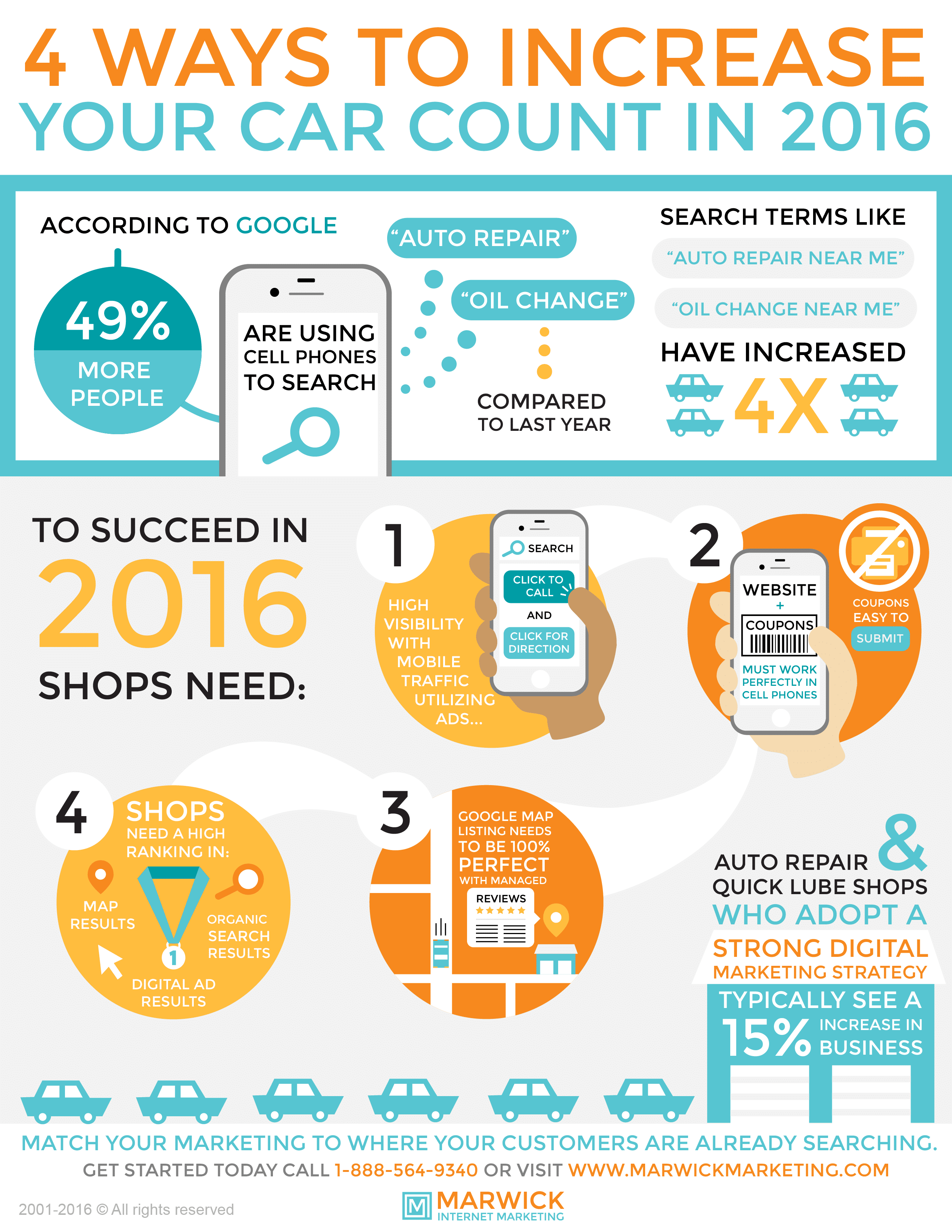Translating Your Lorry'S Caution Indicators: What They Genuinely Represent
Translating Your Lorry'S Caution Indicators: What They Genuinely Represent
Blog Article
Web Content Writer-Boye Torres
When you're behind the wheel, those glowing warning lights on your control panel can be a bit bewildering. Do you know what they're attempting to tell you about your car's health and wellness? Understanding the importance of these lights is essential for your safety and security and the long life of your automobile. So, mobile detailing services following time one of those lights pops up, would not you wish to analyze its message accurately and take the necessary actions to address it?
Common Warning Lights and Interpretations
Identify common warning lights in your car and recognize their significances to guarantee risk-free driving.
The most common caution lights consist of the check engine light, which signifies issues with the engine or emissions system. If this light comes on, it's vital to have your vehicle checked without delay.
The oil stress warning light indicates low oil stress, needing prompt interest to prevent engine damage.
A flashing battery light may recommend a faulty charging system, potentially leaving you stranded otherwise resolved.
The tire pressure monitoring system (TPMS) light informs you to reduced tire stress, affecting vehicle security and gas effectiveness. Neglecting this could lead to risky driving conditions.
The abdominal muscle light indicates an issue with the anti-lock stopping system, endangering your capability to quit promptly in emergency situations.
Last but not least, the coolant temperature alerting light warns of engine getting too hot, which can cause serious damages if not solved swiftly.
Recognizing these typical caution lights will certainly help you resolve issues promptly and maintain safe driving problems.
Relevance of Prompt Interest
Understanding the common caution lights in your cars and truck is only the primary step; the relevance of immediately addressing these warnings can not be emphasized sufficient to ensure your security when traveling.
When a caution light brightens on your control panel, it's your auto's method of connecting a prospective problem that needs focus. Overlooking these warnings can lead to extra extreme issues down the road, endangering your safety and security and potentially costing you more out of commission.
Trigger attention to cautioning lights can prevent break downs and mishaps. As https://www.autonews.com/fixed-ops-journal/auto-dealerships-buy-parts-franchises-and-turn-flow-money-around , a blinking check engine light can suggest a misfire that, if left ignored, can create damage to the catalytic converter. Addressing this immediately can conserve you from a pricey repair service.
In a similar way, a brake system warning light could signal low brake liquid or used brake pads, vital elements for your safety when driving.
DIY Troubleshooting Tips
If you notice a warning light on your dashboard, there are a few do it yourself repairing pointers you can attempt before looking for professional assistance.
The very first step is to consult your automobile's handbook to comprehend what the details warning light suggests. Sometimes the concern can be as basic as a loosened gas cap activating the check engine light. Tightening up the gas cap might fix the problem.
Another typical issue is a low battery, which can set off different alerting lights. Examining the battery connections for rust and ensuring they're safe might take care of the problem.
If a caution light continues, you can try resetting it by separating the automobile's battery for a few mins and afterwards reconnecting it. In addition, inspecting your vehicle's fluid levels, such as oil, coolant, and brake fluid, can aid repair cautioning lights connected to these systems.
Conclusion
In conclusion, understanding your vehicle's warning lights is essential for keeping your automobile running efficiently and securely. By without delay attending to these alerts and understanding what they indicate, you can avoid expensive repairs and potential failures.
Keep in mind to consult your auto's guidebook for certain information on each warning light and do something about it appropriately to make sure a trouble-free driving experience.
Remain informed, stay secure on the road!
